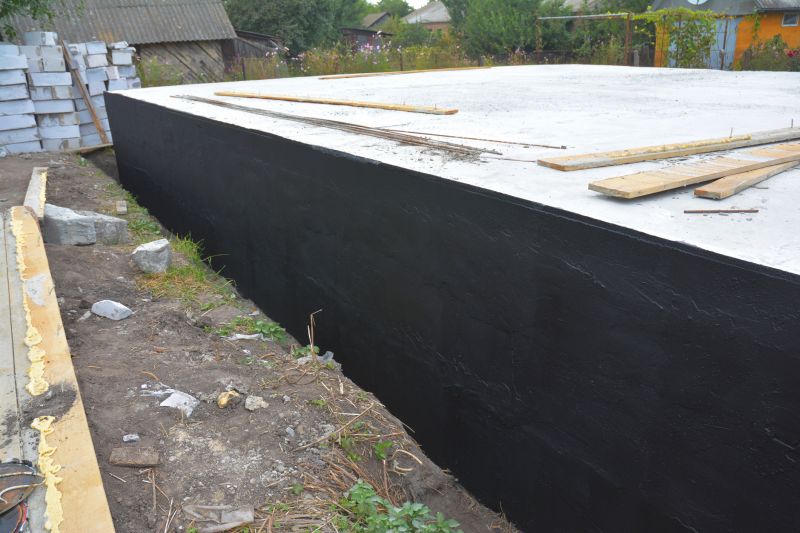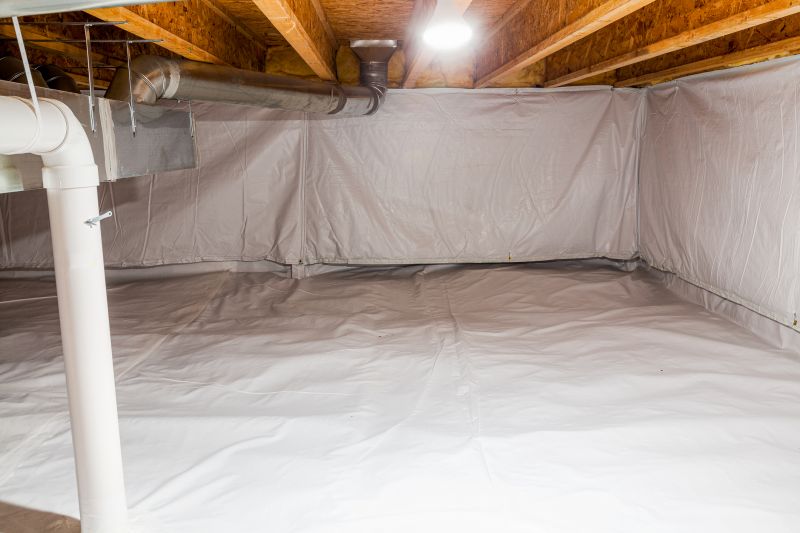Protect Your Home with Crawlspace Encapsulation
Crawlspace encapsulation offers a comprehensive solution to improve indoor air quality, prevent moisture issues, and protect structural integrity. Properly sealed crawlspaces can significantly reduce energy costs and eliminate common problems associated with unprotected crawlspaces.
Encapsulation prevents moisture intrusion, reducing mold growth and wood rot, which can compromise the stability of the foundation.
Sealing the crawlspace improves insulation performance, leading to lower heating and cooling costs.
Encapsulation minimizes the infiltration of dust, allergens, and pollutants into the living space.
A sealed crawlspace shields the foundation from water damage and pest infestations.

A fully encapsulated crawlspace with sealed walls and insulation, ensuring protection against moisture and pests.

Interior view showing vapor barriers, insulation, and sealed vents for optimal encapsulation.

A clean, finished crawlspace demonstrating effective moisture barriers and insulation.

Encapsulation combined with pest-proofing to prevent rodent and insect entry.
Failing to encapsulate a crawlspace can lead to numerous issues, including increased mold growth, structural damage, higher energy bills, and poor indoor air quality. Studies indicate that unsealed crawlspaces can contribute to indoor humidity levels exceeding recommended thresholds, fostering mold and mildew. Additionally, moisture infiltration can cause wood rot, compromising the foundation's stability over time. Pests and rodents are also more likely to invade unprotected crawlspaces, leading to further damage and health concerns.
| Benefits of Crawlspace Encapsulation | Risks of Not Encapsulating |
|---|---|
| Reduces moisture and mold growth | Increases risk of mold and mildew development |
| Improves energy efficiency | Leads to higher heating and cooling costs |
| Enhances indoor air quality | Allows dust, allergens, and pests to enter the home |
| Protects structural components | Potential for wood rot and foundation damage |
| Prevents pest infestations | Increased likelihood of rodent and insect entry |
| Reduces energy bills | Higher utility costs due to energy loss |
| Provides a cleaner crawlspace environment | Accumulation of debris and moisture |

